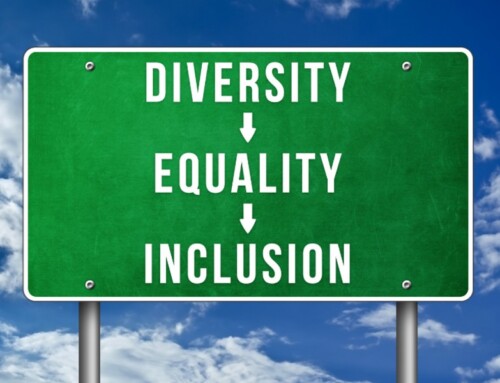The disparity between the level of diversity and the level of inclusion in an organization is usually born out of a misunderstanding of what the two terms mean. While they are similar, they certainly are not the same.
Diversity refers to the range of people from varying backgrounds and personal choices that make up a group. Inclusion is the level to which everyone is involved in all tiers of the organization. As noted diversity advocate Verna Myers puts it, “Diversity is being invited to the party. Inclusion is being asked to dance.”
Factors like migration and family size are increasing the levels of diversity in Western countries but inclusion has not kept pace.
The Problems
The most stubborn obstacle to overcoming the inclusivity challenge is a lack of clear data. While diversity can be calculated with a simple headcount, inclusivity is a complex concept that cannot be fully conveyed by numbers alone.
Consider the statistics from a study of sponsorship by professionals at the senior level. It revealed that while 41 percent of African-Americans, 20 percent of Asians, and 18 percent of Hispanics felt an obligation to sponsor employees of the same gender or ethnicity, far fewer did. The figures for actual sponsorship stood at 21 percent, 18 percent, and 25 percent respectively for this group.
The participants attributed their reluctance to fears that they would be seen as giving preferential treatment, as well as concerns that juniors might not perform to the expected standards.
When the senior management staff of a South American company were interviewed one-on-one, the results were telling. One executive who was highly successful revealed in confidence that he did not see a future for himself at the firm because of his race. He felt he would never be promoted to a partner, regardless of how well he performed. The firm was diverse, but he did not feel included.
The Possible Solutions
Change must come from the inside, and from the top. Inclusive leaders can establish the foundation of inclusivity through their actions and initiatives. The solutions come from recognizing the nature of the problems.
A study revealed that employees who felt that they could “be themselves” instead of conforming to external standards of demeanor were almost half as likely to quit within a year’s time. Nearly 70 percent of women who left the workforce said they would have opted to stay, had their employer offered greater flexibility.
What a difference a sense of inclusivity could have made here. Higher retention rates save the company retraining costs, eliminate productivity gaps caused by staff shortages, and foster productivity through a stable workforce. Senior management can achieve these goals by recognizing that diversity alone is not the goal, but a step towards true inclusiveness. It is the basis on which organizations will remain competitive or find themselves overtaken.
Diversity within the American workforce is on the rise. Yet, without inclusion, the crucial connections that attract diverse talent, encourage their participation, foster innovation, and lead to business growth won’t happen.
Contact DeSantis Trusted Advisors today if you have any questions about creating a sustainable plan to promote diversity and inclusion in your workplace.






